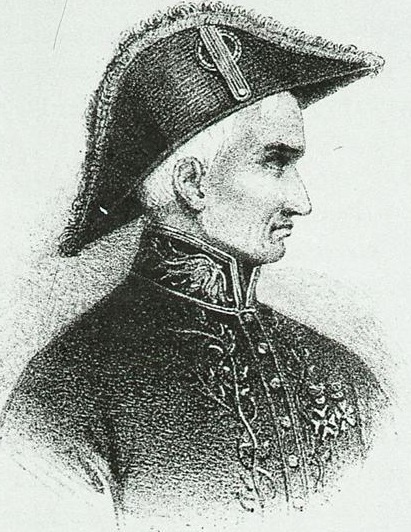1. The early days (1830-1835)
The first industrial railways
Long ago, long before Belgium had a railway, people's mobility depended on the power of their own two feet. Those who were wealthy could afford a horse and carriage or travelled by stagecoach. As from the sixteenth century tow barges, pulled by a horse from the tow path, were used as the first form of public transport. These travelled at only 3 to 4 km per hour, but were very punctual. The skipper stuck to a schedule and did not wait for latecomers. The oldest tow-barge service known in Belgium dates back to 1618 and travelled between Brussels and Antwerp. Until the invention of the iron track, this was the most comfortable and reliable form of transport between towns and villages located along waterways. The train caused a revolution in terms of speed and capacity: in the 19th century, steam engines reached the incredible speed of 60 km/h.
The two most important components in the railway – the track and the locomotive – were developed during the industrial revolution (1750-1840). The first railway line in the world dates back to 1825, when George Stephenson connected the towns of Stockton and Darlington in England by rail. The line was intended to transport coal. The wagons were pulled by steam engines. Passengers were transported by horse-drawn carriages. The first railway lines in France, Saint-Etienne to Andrézieux and Saint-Etienne to Lyon, were industrial railways as well.
A real railway with a regular service for passenger transport did not appear until 1830. In that year the first railway line between Manchester and Liverpool was opened. This double track was exclusively for steam locomotives.

-
Coloured image of a passenger train of the 'Liverpool and Manchester Railway', towed by steam locomotive Jupiter, Isaac Shaw.

- Drawing of a tow barge on the Nieuweramstel around 1700-‘25

- George Stephenson with the locomotive Rocket

-
Manufacturer sign of the Société Cockerill in Seraing from 1924

-
Medal in honour of laying the foundation stone for the Brussels-Nord station on September 27, 1841

-
Pierre Simons (1797-1843)
Not a canal but a railway line
King in favour of the railway
The roots of the Belgian railway network
Train lift between Ans and Liege
Attention and patriotism
‘The milk will turn into buttermilk’

-
Cartoon on the decline of the mail coach services due to the rise of the railways – Collection Instituut voor Financiële Archeologie (Mechelen)
According to the first article:
‘A system of iron tracks shall be installed in the kingdom with Mechlin at the centre, reaching eastwards towards the border with Prussia via Leuven, Liege and Verviers, northwards to Antwerp, westwards to Ostend via Dendermonde, Ghent and Bruges and southwards to Brussels and the French border across Hainaut.’